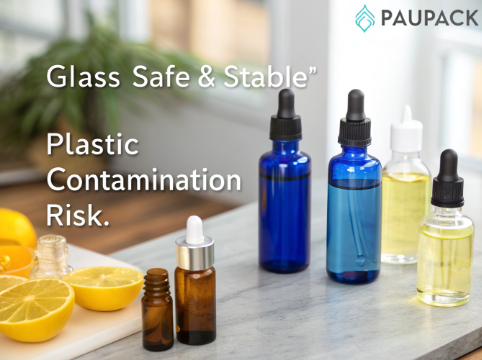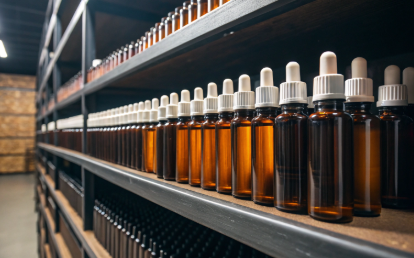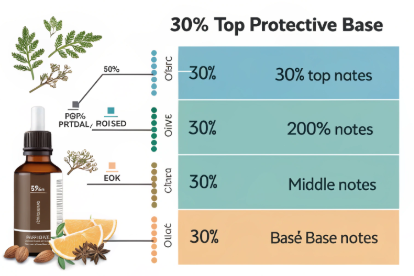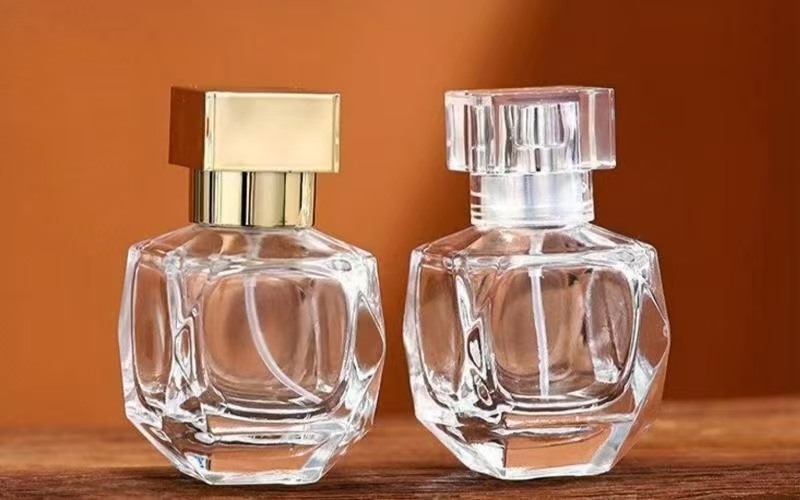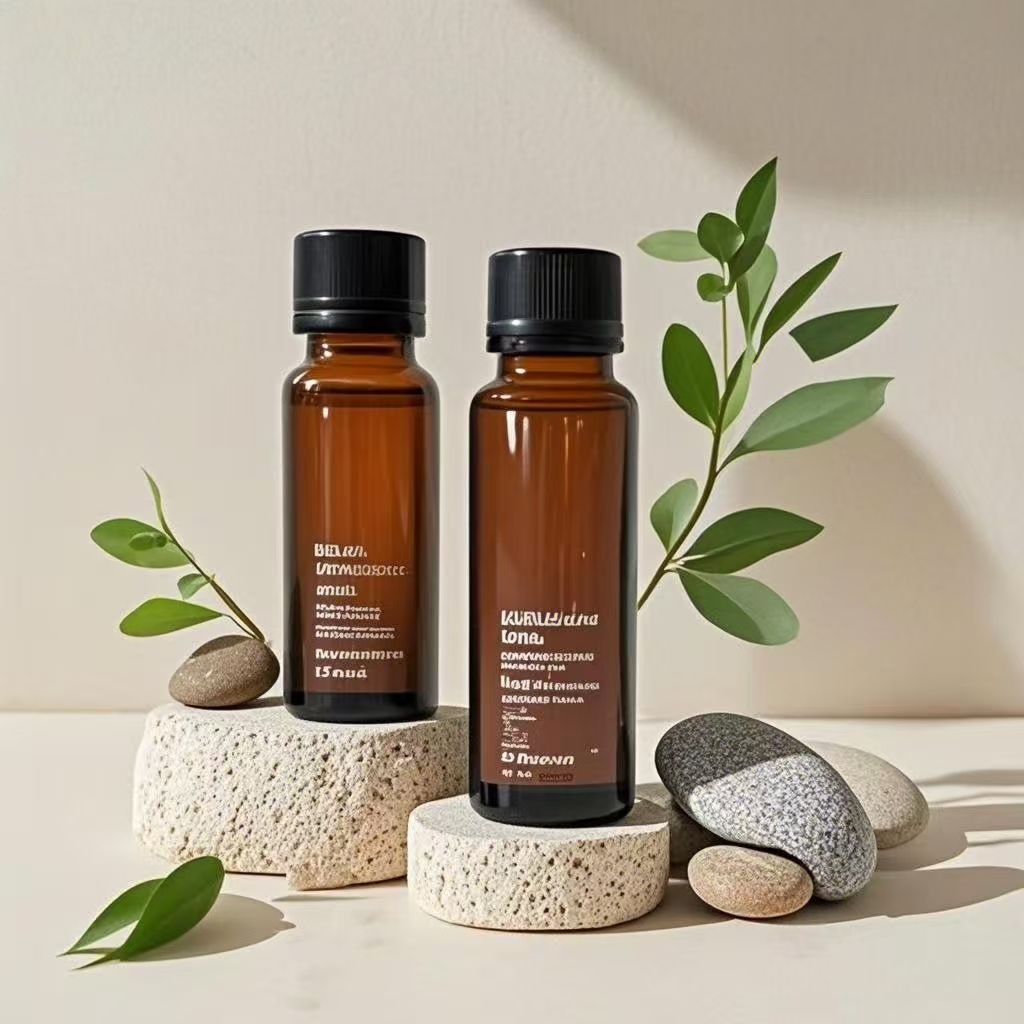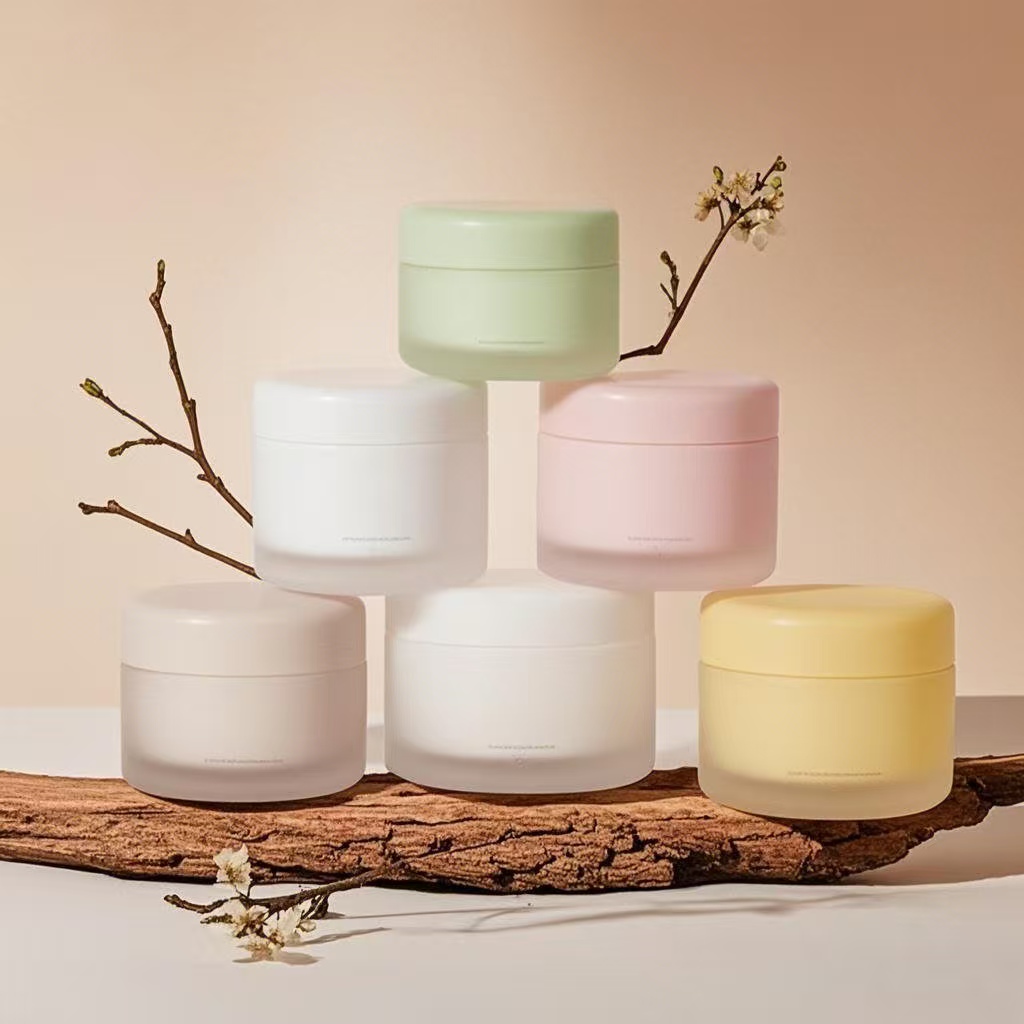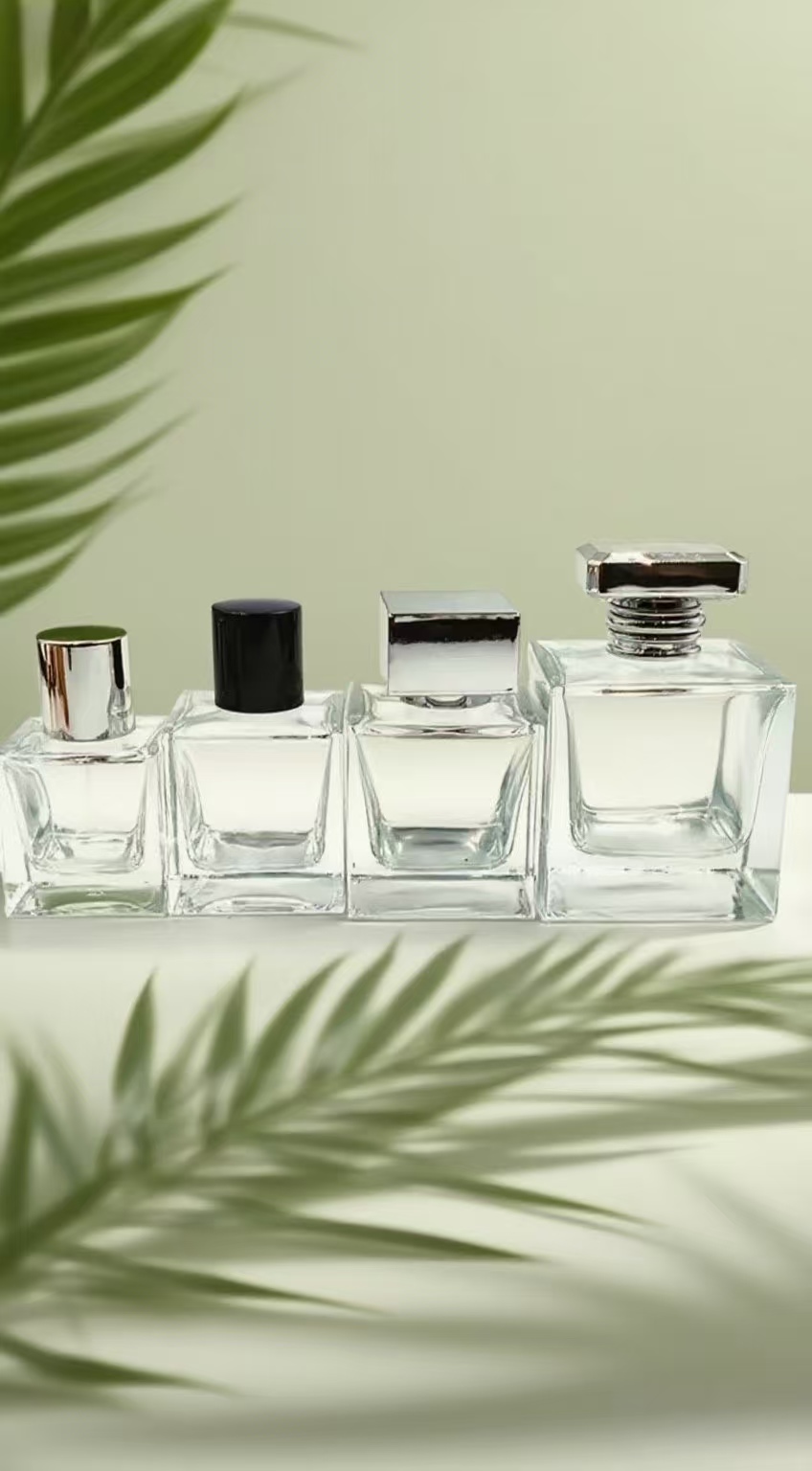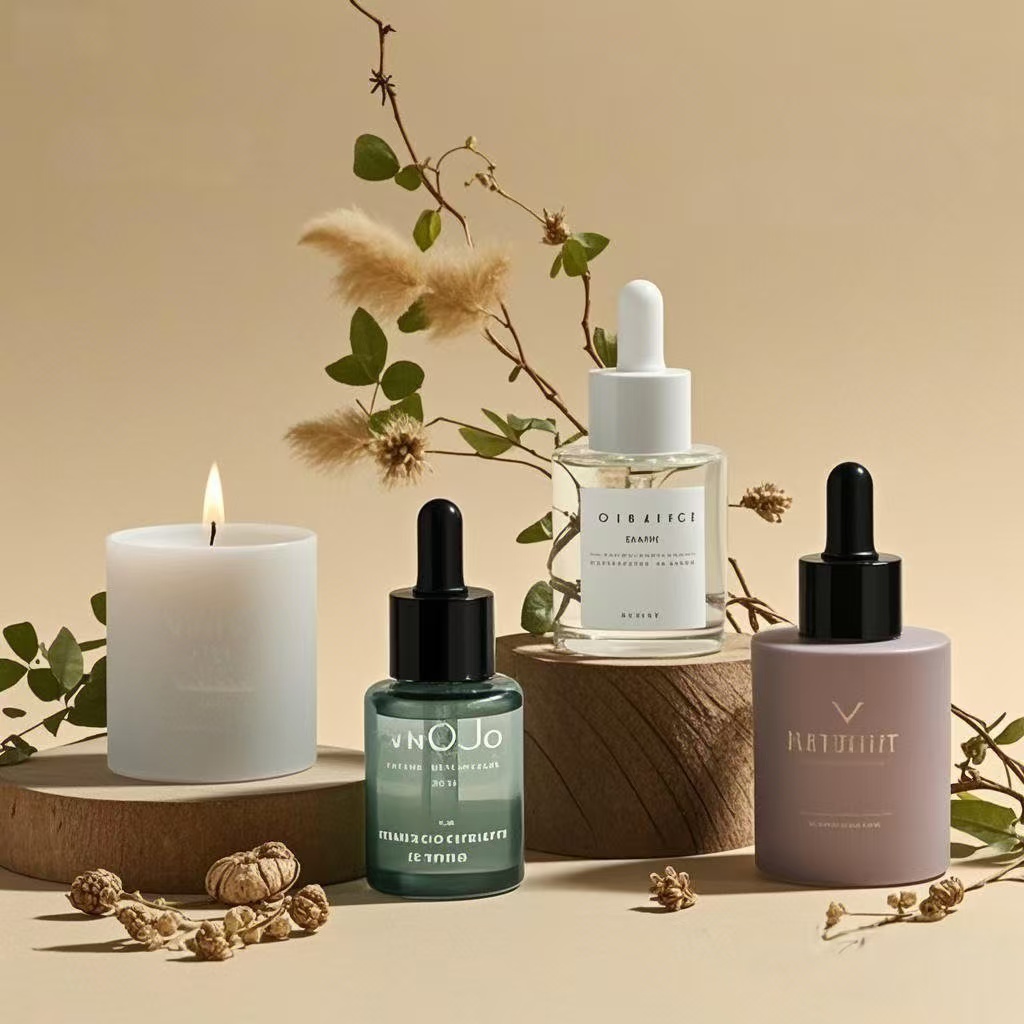Essential oils are potent, delicate, and vulnerable to environmental stress. Improper storage can dull their scent, reduce their benefits, or even render them unsafe. So if you want your oils to stay as fresh and effective as the day they were bottled—how should you store them?
To maintain their quality, essential oils should be stored in dark glass bottles, tightly sealed, and kept in a cool, dry place away from sunlight and fluctuating temperatures. For long-term storage, refrigeration may be beneficial.
Let’s dive into the simple but powerful rules that help preserve every drop.
What is the best way to store essential oils?
Light, heat, air, and moisture are your oils’ biggest enemies.
The best way to store essential oils is in tightly closed amber or cobalt glass bottles, upright, and in a cool, dark place—ideally below 70°F (21°C).
Dive Deeper: 5 Pillars of Essential Oil Storage
At PauPack, we work with brands that treat packaging as a science. Here’s what we recommend for long-term oil integrity:
1. Use Dark Glass Bottles
Essential oils degrade quickly when exposed to UV light. Amber and cobalt bottles block 90%+ of light.
2. Seal Tightly
Exposure to oxygen leads to oxidation, which changes scent, chemical structure, and safety. Always replace caps securely.
3. Store Upright
This prevents contact with the cap liner, especially important with citrus and spicy oils that can erode plastic or rubber seals.
4. Avoid Heat and Sunlight
Keep oils away from windows, stoves, or heating vents. Heat speeds up chemical breakdown.
5. Rotate and Label
Use your oldest batches first. Date your bottles and store them in a clearly labeled, organized space.
At PauPack, we offer custom oil packaging with tamper-evident caps, batch printing, and optional UV coatings for double protection.
What is the 30 50 20 rule for essential oils?
Blending oils is both art and chemistry—and structure makes it work.
The 30/50/20 rule guides the proportion of top, middle, and base notes in an essential oil blend: 30% top, 50% middle, 20% base.
Dive Deeper: Why Storage Completes the Formula
This ratio ensures a balanced, long-lasting fragrance experience. But if oils are stored poorly, even the best blend will fail:
-
Top notes (30%) like citrus evaporate fastest—need airtight seals
-
Middle notes (50%) form the body—sensitive to heat
-
Base notes (20%) last longest—store in stable temperatures for best effect
PauPack’s packaging solutions are designed to protect each note—from high-barrier seals to foam inserts for safe transport. That way, your blend performs exactly as intended.
Should essential oils be kept in dark bottles?
There’s no debate here—it’s an absolute must.
Essential oils should always be kept in dark bottles, like amber or cobalt glass, to prevent degradation from light exposure.
Dive Deeper: What Light Does to Oils
UV light breaks down the delicate molecules in essential oils, particularly:
-
Linalool in lavender
-
Limonene in citrus oils
-
Sesquiterpenes in patchouli or vetiver
This leads to:
-
Loss of potency
-
Off-smells
-
Increased skin irritation risk
That’s why all PauPack essential oil bottles are made from pharma-grade UV-protective glass, with options like:
| Bottle Type | UV Protection | Ideal Use |
|---|---|---|
| Amber Glass | ★★★★☆ | Standard protection |
| Cobalt Blue Glass | ★★★★☆ | Premium look |
| Matte Black Glass | ★★★★★ | Long-term, high-end oils |
Should you store essential oils in the fridge?
It’s not required—but in some cases, it’s a smart move.
Storing essential oils in the fridge can help extend their shelf life—especially for citrus oils and rare, expensive blends. Just avoid freezing temperatures.
Dive Deeper: What Works in the Fridge?
Best Oils to Refrigerate:
-
Citrus oils: Lemon, orange, grapefruit
-
Delicate florals: Neroli, jasmine
-
Carrier oils: If you use them in blends
Storage Tips:
-
Store in a closed container to avoid absorbing fridge odors
-
Let oils return to room temperature before opening (prevents condensation)
-
Avoid freezing—some oils thicken or crystallize
For professional users or brands managing large inventories, PauPack offers insulated packaging options and cold-storage compatibility tests to help you scale with confidence.
Conclusion
Maintaining essential oil quality is simple when you follow a few key principles: dark glass, tight seals, stable temperatures, and clear labeling. At PauPack, we build packaging that protects your product—and your reputation—every step of the way.




